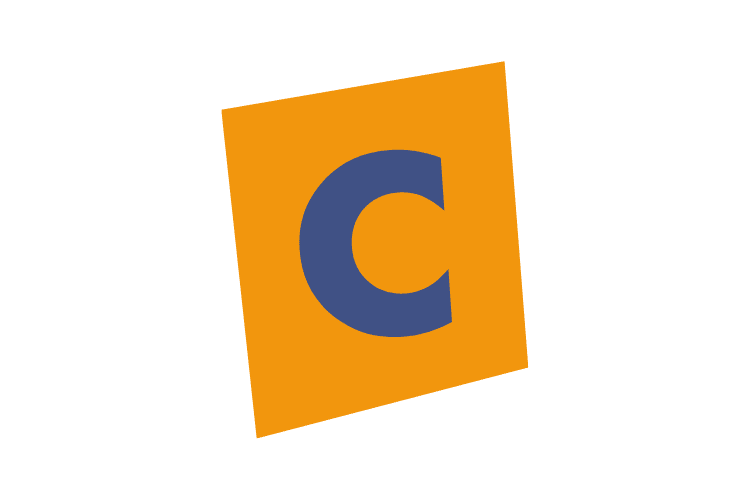A strong sales organization is built on a solid internal structure. A planned onboarding process, regular counseling, and ongoing training are all part of this. However, the significance of applying the appropriate sales forecasting strategies should not be underestimated.
The forecasting process entails far more than simply dialing a number. It depicts the entire company’s working routine. Sales forecast data is used by multiple departments to make better business choices, create targets, and prepare budgets. By using Salesforce LMS, you can promote a culture of social learning by supporting individuals to learn in the flow of work and offering an integrated experience.
A sales team should have a forecasting structure in place due to its relevance. In this article, we’ll understand sales forecasting and go over the various types of sales forecasting methods.
Table of Contents
ToggleWhat Is Sales Forecasting?

It is the method by which a company predicts how much money it will make in the future. Forecasting periods for sales might be quarterly, annually, or monthly. Sales forecasting enables you to identify crucial signs that indicate how your company is progressing. This data allows you to plan ahead by providing an estimate of the number of funds you may expect over a given period.
Your sales estimates will also tell you what areas of your sales strategy need to be prioritized, such as lead creation and sales acceleration. You can utilize the information obtained through forecasting sales to make critical financial decisions for your company, such as whether to obtain a small business loan or expand.
Essentially, it assists you in identifying possible problems while there is still time to minimize and avoid them. For instance, if you observe that your sales team is only meeting their targets 40% of the time, you can identify the fundamental cause and then solve the problem.
Remember that sales predictions are estimates, and they don’t have to be perfect to be useful to your business. However, you should also consider the factors that may have an impact on your sales prediction.
The Benefits Of Sales Forecasting:
There are various benefits to sales forecasting. It enables businesses to:
Allocate Resources For Future Growth In An Efficient Manner
Once you prepare a detailed sales estimate, you will understand what your sales will be for the upcoming year. This allows you to not only plan your goods and inventory but also hire employees as needed. It would be great to know what it would take to grow ahead of time.
Identify Problems In The Job Process
Sales forecasting allows you to identify problems as they arise. When something unexpected occurs, you will become aware of it and take the necessary action. For instance, if your ROI is lower than expected, it indicates that there is an issue somewhere in the work process that needs to be addressed. You may detect the problem early on and tackle it better than if you wait for it to get complex.
Plan The Investments And Revenue Appropriately
You would need finances to allocate resources, and with a detailed and accurate sales estimate, you can determine when your company will have enough funds to make the investment you intend to make.
Establish Overall Business Objectives
Continuous sales forecasting allows you to allocate resources, hire a team, identify difficulties, and manage risk. This allows you to work on strategically planning your company’s goals.
Promote Growth And Improve Decision-Making
Forecasting allows you to spot errors before they evolve into big problems that ruin the products and services of your firm. You are much more likely to grow as an organization if you do precise sales forecasting.
Methods For Sales Forecasting

There are several methods for forecasting sales for your company. The method you use is determined by your company’s requirements. Most organizations employ two or more sales forecasting methods concurrently to obtain more accurate forecasts. This can provide you with both the best-case and worst-case scenarios.
Let’s go through the most widely adopted sales forecasting methods in detail.
Length Of Cycle Sales Forecasting
Forecasting through the length of your sales cycle aids in determining the probability of a deal closing. The algorithm is supported by this particular sales forecasting method.
Knowing the average length of the sales cycle helps provide predictability to your sales forecasts. If you acquire a certain quantity of leads, you will know what your estimated sales statistics will be down the line in one month or even a few months.
Historical Forecasting
Historical forecasting is all about estimating future sales based on previous years’ and historical periods’ sales. Essentially, you believe that your sales will be bigger than and comparable to previous amounts.
This strategy assumes that customer demand is constant and does not account for seasonality. Generally, previous demand should be considered as a guideline rather than a foundation for forecasting sales.
Opportunity Stage Forecasting
As the name implies, opportunity stage forecasting is a predictive method in which the team divides the sales pipeline into stages. You can accurately anticipate the probability of closing a certain deal by splitting it down.
Business pipelines can be divided into stages like prospecting, qualifying, demo, quote, closing, and so forth. The prospect has a better chance of concluding the transaction if they reach the bottom of the stage.
Intuitive Forecasting
Intuitive forecasting is based on sales professionals’ estimated chance of closing a business. This type of sales forecasting is based on your sales team members’ opinions and estimates.
Salespeople typically have a positive outlook and may provide overly optimistic projections, so even though this forecasting strategy relies on those who know your prospects best. This strategy is tough to scale, but it might be useful for new businesses when there is no past data to utilize for forecasting.
Multivariable Analysis Forecasting
This is a thorough and precise sales forecasting method. It employs predictive analysis and integrates several elements. For example, it takes into account individual salesperson performance, sales cycle time, and probability of closing based on opportunity type. To obtain accurate results while employing this strategy, your representatives must be committed to recording their deal activities and processes.
Pipeline Sales Forecasting
From a data aspect, the pipeline sales forecasting method is regarded as one of the most effective and accurate methods available. It entails examining all prospects in the pipeline against a variety of parameters and using that data to generate a forecast. These characteristics are usually unique to your organization. The length of the sales cycle, the breakdown of the stages, and the typical winning percentage of the individual salesperson can all be included.
Test Market Analysis Forecasting
It is one of the most widely used sales forecasting methods since it collects consumer data to assess the acceptability of new products. Businesses identify their target audience and gather information from them to forecast sales income.
It is often used by large businesses during product launches to assess product acceptance throughout their target demographic. This forecasting strategy allows them to gain valuable insights into how the product will perform after launch. It would be beneficial if you ensured that you chose the appropriate market to reach your target audience.
Conclusion
Understanding the business drivers is the first step in enhancing the precision and efficacy of your sales forecasting techniques. The sales forecasting technique has already had a significant impact on enterprises. This will assist teams in better preparing for the future.
To obtain reliable outcomes, you must also be data-driven. There will be better operational control, and you’ll be able to avoid problems more easily. Data-driven sales forecasting will help you improve your business.



